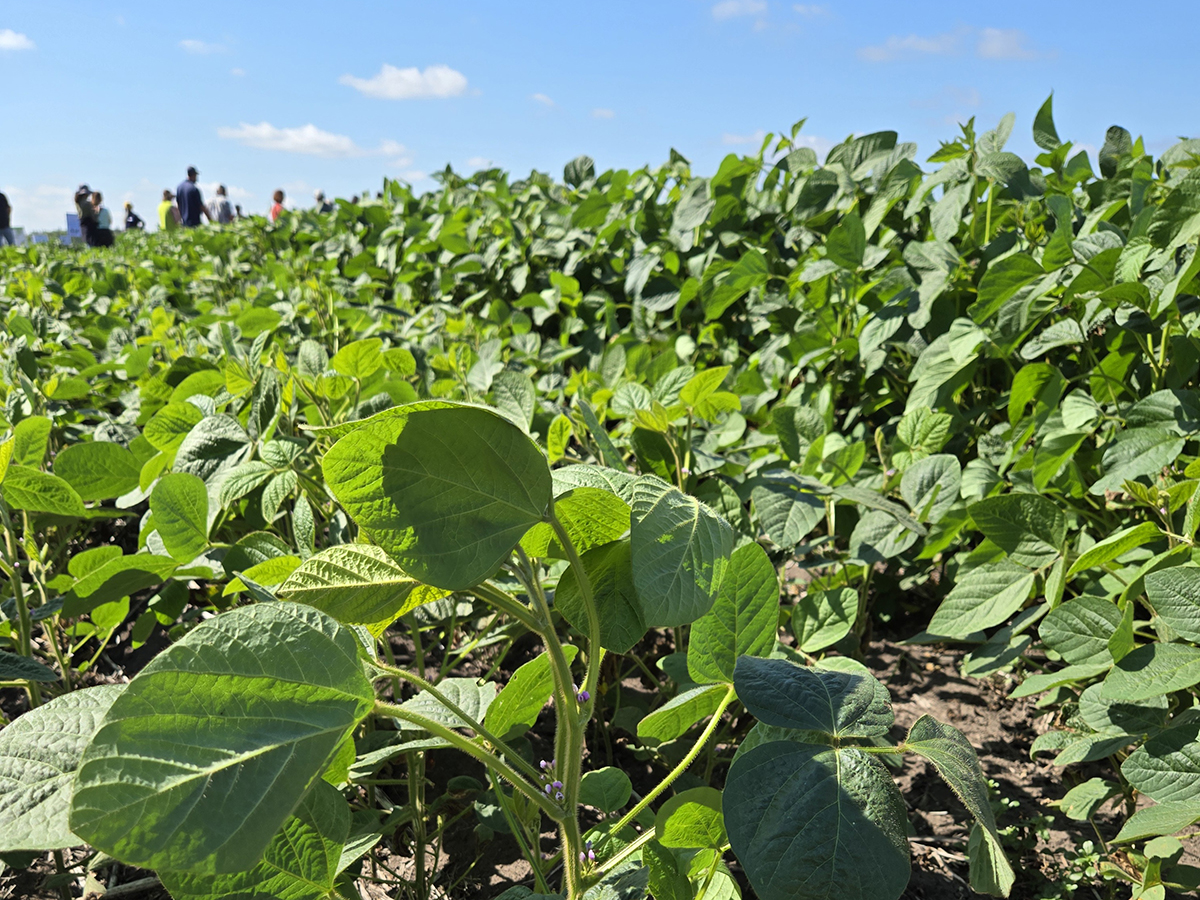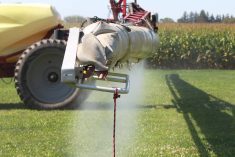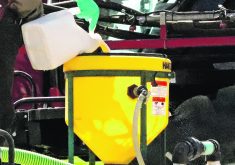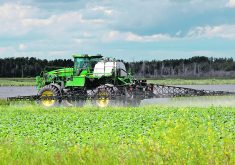Canadians wanting to know how much glyphosate is in wheat flour or oatmeal will have to wait until next year. That’s because a recent Canadian Food Inspection Agency survey of glyphosate residues omitted wheat and oats.
The CFIA published a report on glyphosate residues in food two weeks ago that tested 3,188 food samples in 2015-16, including grain, juice, fruit, lentils, beans, peas and baby food. About 1.3 percent of the samples exceeded the maximum residue limits for glyphosate.
Health Canada experts reviewed the cases that exceeded an MRL and concluded there were no concerns for human health.
Read Also

Spider mites big soybean problem this season
Spider mite issues have been geographically limited but significant where they occur, said John Gavloski, an entomologist with Manitoba Agriculture.
Cereal crops were a large part of the survey, as CFIA scientists tested 869 samples of grain products. However, the agency’s definition of “grain products” doesn’t match what is grown or consumed in Canada.
Farmers seed about 30 million acres of wheat, oats and corn. Instead of testing those grains for glyphosate, federal scientists studied amaranth, quinoa, millet and teff, an Ethiopian grain.
“The CFIA did not test oat or wheat products in the first year (2015-16) of the survey. That year of the survey focused more on imported products,” an agency spokesperson said in an email.
The CFIA will look at wheat, oat and corn products in its next round of glyphosate residue testing.
Those results will likely be released in early 2018, but the survey will not include some familiar foods.
“Breads/bagels, granola bars and some breakfast cereals are not part of the survey,” the CFIA spokesperson said. “The agency (is) focused more on the ingredient level of the food, i.e. flour and oats. These ingredients are less complex to analyze and this allows for lower detection limits. Some breakfast products were part of the survey (such as cream-of-wheat, oatmeal, grits) and will be included in the next report.”
In a separate email, the CFIA provided a list of grains tested for glyphosate in its April 13 report:
- buckwheat
- quinoa
- millet
- rye
- amaranth
- barley
- rice
- spelt
- kaput
- teff
Rice is definitely a staple grain for millions of Canadians and barley is a common livestock feed, but the other grains are not standard pantry items for most Canadians.
Aline Dimitri, CFIA deputy chief food safety officer and executive director, said agency scientists tested both grains and grain products.
“It can be in the form of a breakfast product, or could it be, say, just quinoa on its own,” she said.
“We try to be representative of what is out there in the market, within the retail outlets.”
The next series of tests will likely be more representative of grain products because spring wheat, durum and oats are cornerstones of the national diet.
The Canadian National Millers Association website says the average Canadian eats more than 70 kilograms of wheat flour and other milled grains a year.
In Western Canada, farmers grow more than 25 million acres of wheat and oats in a typical year.
A percentage of the crop is sprayed with glyphosate before harvest to aid dry-down and control late season weeds.
Neil Harker, Agriculture Canada weed scientist, said applying glyphosate before harvest is the source of residues in grains and pulses.
Agronomists recommend spraying the herbicide at 30 percent crop moisture or less because applying at higher moisture levels can increase residue levels in the grain.
The CFIA began testing for glyphosate residues in 2015 partly because the herbicide became extremely controversial that year.
In March of 2015 the International Agency for Research on Cancer concluded that glyphosate is “probably carcinogenic” to humans. Many toxicologists have ridiculed the IARC decision, saying the panel relied on shoddy science and ignored more robust studies on glyphosate.
As well numerous regulatory and scientific agencies, including Health Canada, the European Food Safety Authority and the United Nations’ Food and Agriculture Organization and World Health Organization, studied the herbicide’s safety and concluded it’s not carcinogenic and not a threat to human health.















